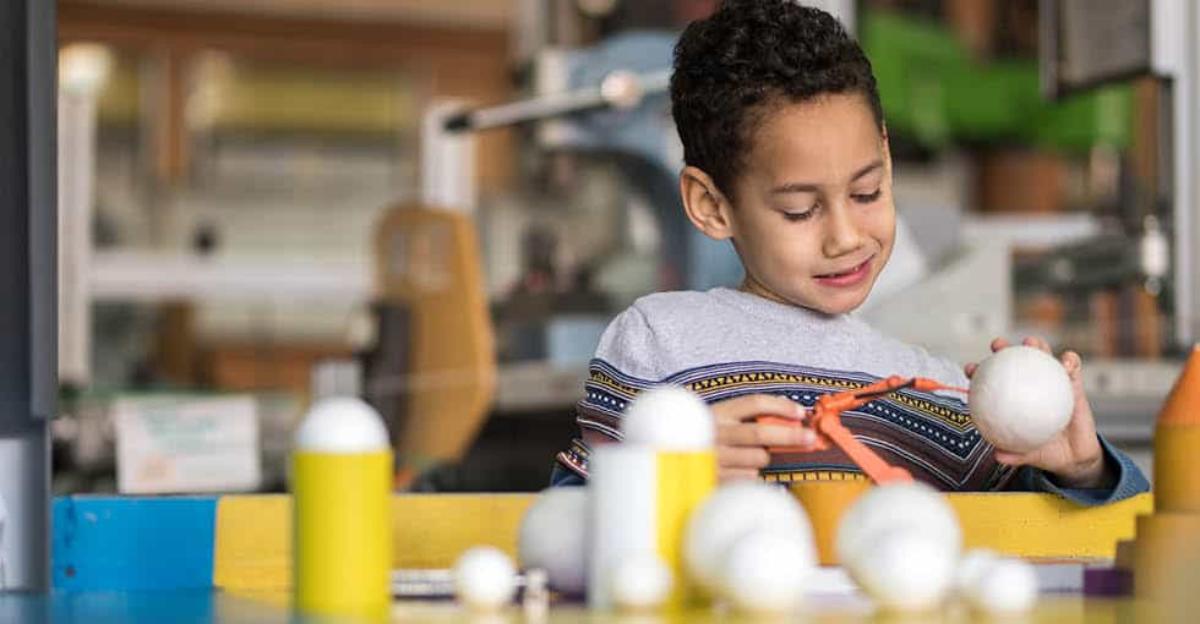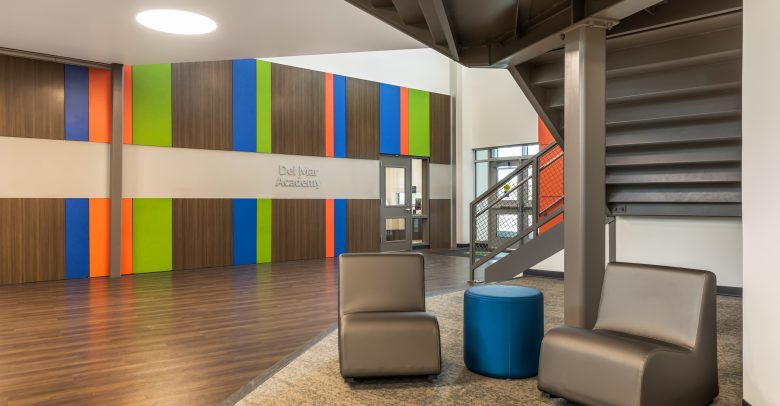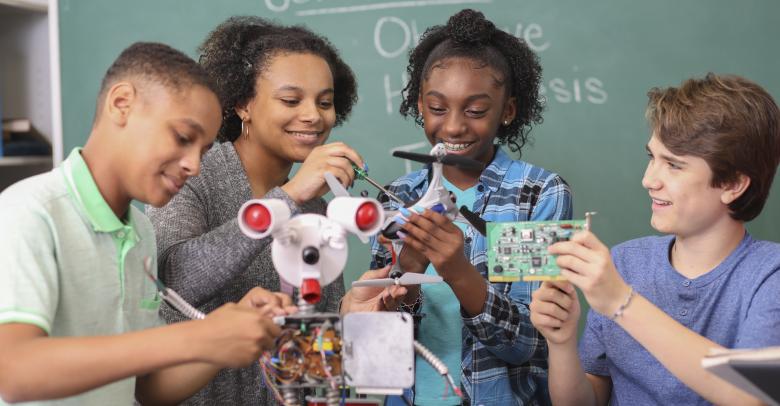When setting up a makerspace, students with special needs should also be able to learn and experience the creative benefits. Designing a makerspace that can accommodate students with special needs may be challenging, but with the right planning and a common sense approach, you can create an inclusive space for every student to use and enjoy.
6 Steps to Building an Inclusive Makerspace
No matter where you build the makerspace, it’s important to create it in a way that is useful and open to as many students as possible. The inclusion of students with special needs should be considered during the design stages.
A Variety of Tools
Each student with special needs has varying abilities, so it’s important to match tasks to cognitive and physical skills. But that’s ok as long as you’ve provided a wide variety of experiences through which all students can grow. For example, the student with fine motor issues probably doesn’t feel comfortable with a power drill, but may really enjoy prototyping a new project with their friends through the use of clay.
Skills Testing
This is a good idea when establishing a makerspace for all students, but it’s particularly useful with students with special needs. Simply require students to demonstrate their capabilities with a certain tool before being allowed to use it. Keep a board on the wall showing who can use what. You’ll be surprised at how hard students – particularly those with special needs – will work to get something they want.
An Orderly Floor
Above all else, the floor in your makerspace should be free of obstructions. Wires should run in an orderly fashion, preferably outside high-traffic areas. We don’t want anything to snag the wheel of a wheelchair or trip someone who has difficulty walking.
Flexible Furnishings
You’re trying to accommodate various wheelchairs and walkers, so spaces need to be able to morph with the students’ needs. Desks, tables, and chairs on wheels can make a dramatic difference, as can height-adjustable furniture.
Guards on Tools
Many students with special needs use their fingers to “see”, which is a dangerous concept when surrounded by sharp tools. Make sure all sharp objects are sheathed or guarded at all times.
Quiet Spaces
This may sound counter-intuitive when setting up an active makerspace, but you want to think about some places within the room where students can escape from the inevitable noise. Students on the autism spectrum may be particularly sensitive to sound. Providing sound-dampening barriers, noise-canceling headphones, and opportunities for regular breaks are great strategies to support those students with sensory issues.
Building the Right Makerspace for Your Students
With reasonable accommodations, students with special needs can feel safe and welcome in a makerspace, and make valuable contributions to the makerspace movement.






[…] Inclusive Makerspace For Students w/ Special Needs – School Specialty […]